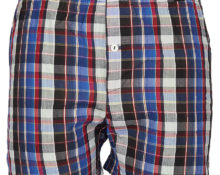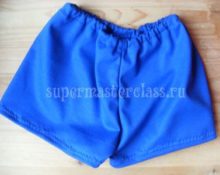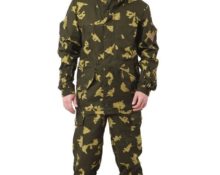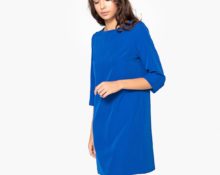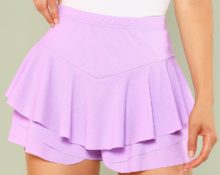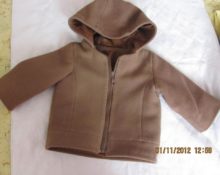Many of us have more than once experienced disappointment after trying on something we liked in a store. And the size seems to be right, and the quality is good, but something is wrong. Sometimes the sleeves are short, sometimes the chest is tight, sometimes the shoulders are wide, sometimes the collar is puffy. This is because each person has individual parameters, which often do not coincide with generally accepted standards.
What is a pattern and why is it needed?
A pattern (for simple models the terms “pattern” and “template” are also used) is a drawing of the parts of the product, which will then be sewn, knitted or assembled in some other way.
The presence of a pattern allows you to:
- speed up the cutting process, e.g. in production patchwork plaid;
- ensure optimal fit of clothes to your figure.

@textile-en.techinfus.com
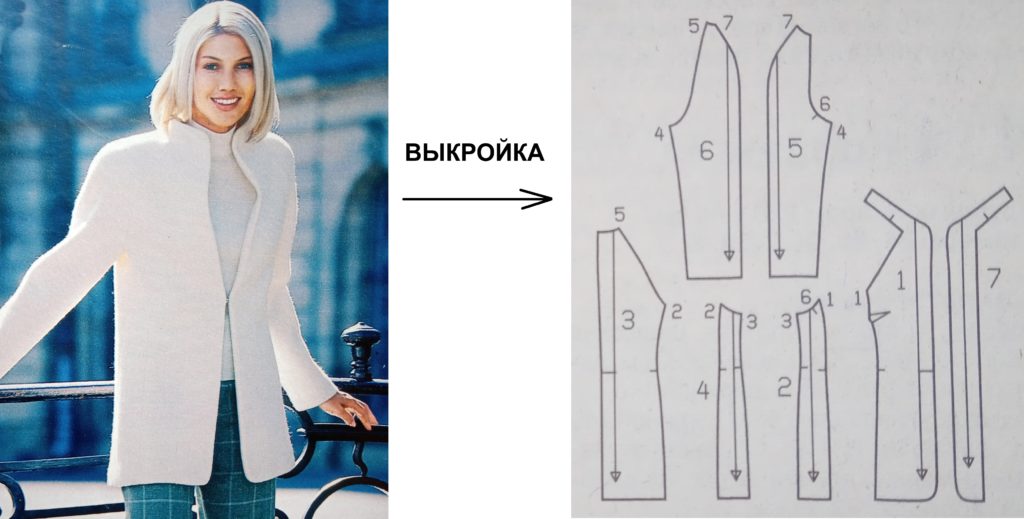
@burda12/2001
Pattern for clothes: is it possible to do without it?
For towels, bed linen and other items with a rectangular cut, experienced seamstresses only need to cut the required length and width of the fabric, taking into account the seam allowance. With clothes it's a little more complicated.The body has natural curves that need to be taken into account.
The basic pattern is designed for standard, average sizes. It is usually used to sew clothes for the mass market. In individual tailoring, it is adapted for each specific client or a pattern is created in a single copy. The drawing is most often done on thick paper. Graph paper is ideal for these purposes.
You can often do without patterns in the case of knitted items. Based on the diagrams, calculation of the loops and by adjustment during the creation process, the following are knitted:
- hats and scarves;
- socks and leggings;
- mittens and gloves;
- skirts;
- sweaters, jumpers and other “tops” with raglan sleeves.
Also, without his help, you can sew a skirt with an elastic band and certain oversized clothing models.
For what items is a pattern needed?
It is needed for almost all clothes that need to be sewn. Thanks to precise calculations, a blouse, trousers or blazer will fit the customer like a glove, eliminating unnecessary tightness or sagging.
The pattern is also required for knitted items with sleeves that are sewn on. They are made in separate parts (back, shelves, sleeves). Collars are made either separately (sewn-in) or “attached” to the shelves (solid knitted).
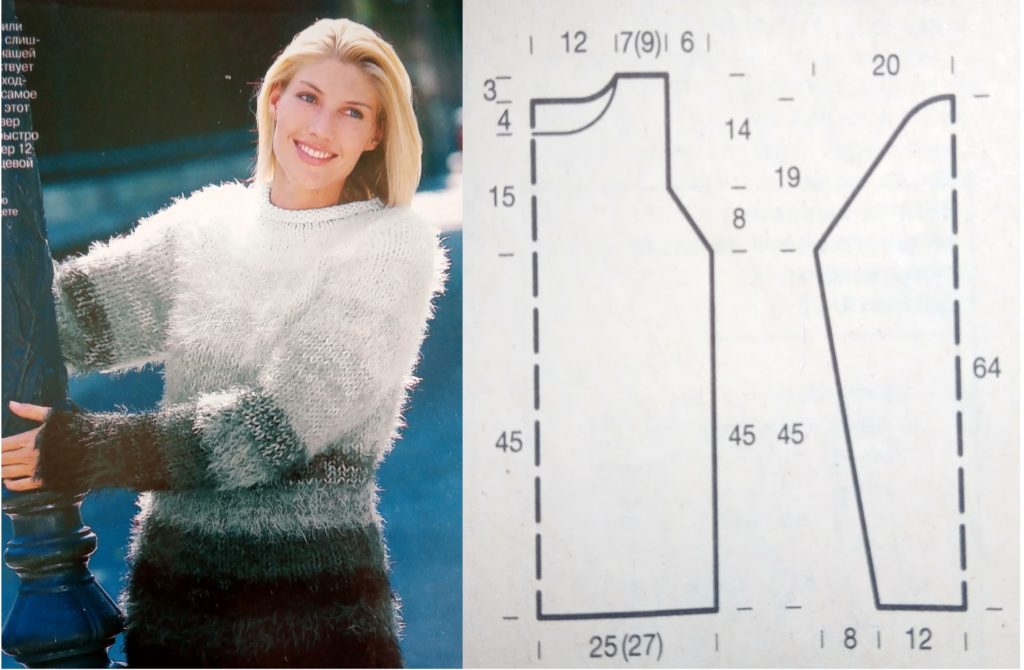
@burda12/2001
The difference between a sewing pattern and a knitting pattern
They are built according to the same algorithm: measurements are taken, and then a drawing is made. However, knitted fabric is more elastic and stretches more easily, so simplifications are allowed in the drawings when determining the depth of the dart, drawing the line of the armhole and side. In addition, patterns for knitted products:
- made without seam allowances;
- are provided with marks in places of increases and lines of calculated angles;
- accompanied by diagrams and descriptions.
By the way! Knitting patterns are not cut out, since the knitted part is periodically applied to the pattern. In addition, they are stored better in this form.
Does an individual pattern always provide an ideal result?
Unfortunately, not everything depends on the accuracy of the drawings. One should not ignore the fact that clothes, even well-fitting ones, cannot always decorate a particular person. It might just not be his style. For example, Different dress styles suit different types of female figures. You should also carefully select your wardrobe:
- fat or very thin;
- short or tall people.
If your dimensions “fit” into one of the standard sizes, then you can consider yourself lucky. After a few tries on, you can find the right clothes for you in the store. If you have a figure with “special features”, do not rush to hide the flaws with the help of nondescript, shapeless models. Try to find a good tailor who will pay attention to every curve of your body. If you have time and desire, master the art of cutting, sewing and knitting yourself to always look fashionable and beautiful.


 3
3